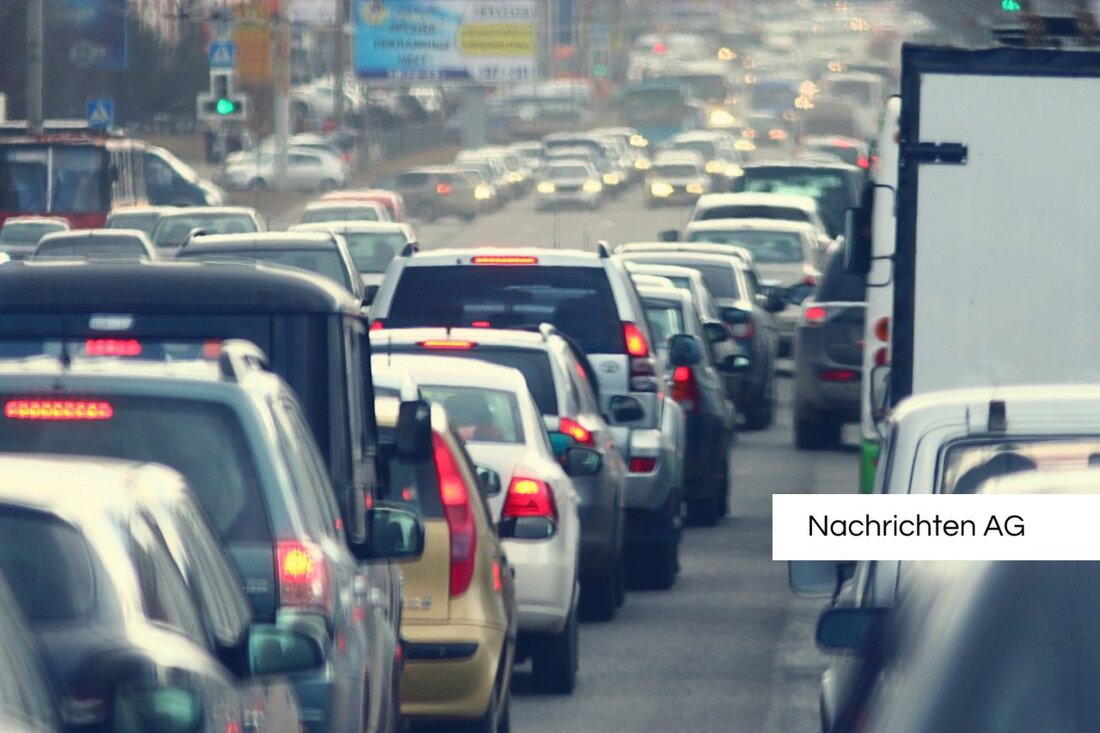Valais of the glacier in the Valais: Threat for Blatten grows!
Valais of the glacier in the Valais: Threat for Blatten grows!
Blatten, Schweiz - in the canton of Valais, Switzerland, a dramatic glacier cancellation recently caused a stir. A rubbish mountain was piled up of up to 100 meters above the village of Blatten. Initial measurements by the authorities show that the material currently appears stable, but the situation could change at any time. Cantonal geologist Raphael Mayoraz informs that about a third of the nine million cubic meters of rubble consists of ice remains of the broken glacier. The melt of this ice remains increases the risk of instabilities and movements in the rubble.
Although no major cracks or collapse have been found so far, there is a risk, especially with increasing temperatures. In order to better monitor the situation in the disaster area, cameras were installed that keep an eye on the Schuttberg and the surrounding reservoirs around the clock. A landline causes a landslide in the upper Val de Bagnes, where a mudslide recently destroyed a provisional emergency bridge near Lourtier. This bridge was only built in September 2024 after violent storms to connect several places.
climate change and its consequences
The glacier cancellation in the Valais is not isolated; It is part of a comprehensive trend in the Alps, which is reinforced by the climate change . In the Lötschental, a clamping fall occurred, which the geologist Flavio Anselmetti referred to as the millennium. More and more experts, such as the mountain guide Peter Schwitter, report on an increase in smaller stone strikes and rock falls in the past few decades, which underlines the need to observe the condition of the mountain regions. Professor Michael Krautblatter indicates an "absolute accumulation" of rock falls in the Alps, seeing climate change as a central cause that destabilizes the permafrost.
The heating of the Alps, which has risen by almost 2 ° C since 1880, means that the permafrost -covered areas lose stability. The thawing of the permafrost not only promotes erosion through water impossibility, but also the mobility of the rock. These changes are drastic: Alpine glaciers have lost more than half of their area and a third of their ice volume since 1850. Forecasts indicate that the Alps could be almost free of ice by the end of the century.
consequences for nature and people
animal species and plants in the Alps are also severely affected. Animals such as marmots and snow bunnies are pushed into higher layers by rising temperatures in which food resources are rare. The brawlers also suffer from the changed living conditions. At the plant level, the Bavarian Enzian is increasingly displaced by invasive species. The dwindling ice not only presents the wildlife of challenges, but also increases the dangers from extreme weather situations and muries for the people who live in the mountain regions.
Experts warn that the glaciers play an important role as water reservoir, since 60 to 70 % of the water come from the glacier melt in high mountain streams. The loss of the glaciers could cause these streams to only have 25 % of their current water management by the middle of the century. In addition, the time of the maximum drainage from July/August is shifting to May, which could have far -reaching consequences for the regions that are dependent on these water resources.
In this concerning situation, it should be noted that the current events in the Alps are influenced not only by local geographical factors, but also by global climate change. The challenges for humans and nature grow and require an adapted ecological thinking and preventive measures to protect and maintain the mountain chains.
For further information on the dangers of climate change and its effects on glaciers and mountain regions, read more at Krone , wdr and DetailsOrt Blatten, Schweiz Quellen


Kommentare (0)